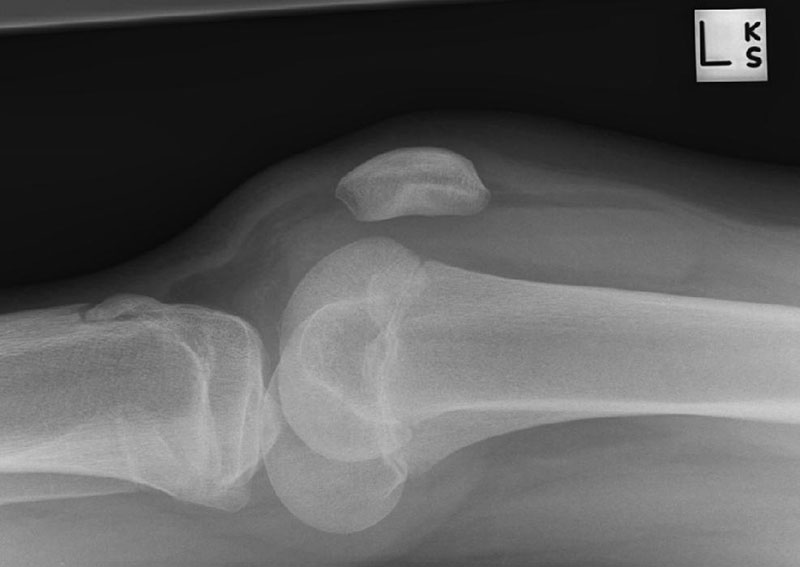A course of physical therapy often requires a series of visits, over a period of weeks. This can become repetitive and tedious, leading to boredom and frustration. It may appear that physical therapy is not doing anything for you or is not having any positive effect on your healing or well-being. Even so, it is important to continue attending sessions faithfully over time, until you have achieved your goal of better health and made a full recovery from your injury.
Reasons for Participating in Physical Therapy
After an injury, your natural first impulse is to refrain from using the injured body part to rest it and avoid more pain. Sometimes it is beneficial to limit movement after an injury, but this can lead to muscle weakness from lack of use. A well-thought-out and carefully plotted course of physical therapy can prevent muscle atrophy and weakness, gradually promoting healing over time.
Why a Professional Physical Therapist is Necessary
You may be tempted to try to be your own physical therapist (PT), thinking that you are perfectly capable of exercising independently. It may appear that it would be easier and less expensive to do physical therapy-type exercises on your own, but this is a risky proposition. When an injury is involved, you need a knowledgeable professional who can supervise to ensure that you are performing the correct movements, using the correct form and the proper equipment. Trying to do this on your own can exacerbate an injury, increasing the length of your recovery time. A PT is trained to evaluate your body’s condition and determine its inefficiencies and weaknesses. Then he or she can create a personalized regimen of stretches and exercises to increase flexibility and strength.
Courses of Treatment
After evaluating your injury and overall physical condition, your physical therapist will prescribe movements to improve the range of motion of certain restricted joints and muscles or to rehabilitate injured joints and muscles. A physical therapist will properly stretch certain joints in order to improve the muscle movement. This technique works by breaking up the scar tissue that develops after an injury, therefore improving mobility and range of motion.
A PT will also give you instructions and recommendations for home exercise and treatments, training you how to perform them properly and safely. Done correctly, closely following your PT’s instructions, these movements will safely help you recover. The PT has evaluated your capabilities and knows what you can handle on your own. In addition to exercise and stretching, the PT provides advice on how to properly use ice or heating packs to help with the healing process. While these practices may seem to be simple or trivial, they can be a crucial part of your smooth and safe recovery.
Consult with your primary care provider to obtain a referral to a suitable PT. Ensure that the therapist is certified, thoroughly trained, and experienced. Additionally, a therapist should be well-versed in treating your particular condition or injury.













